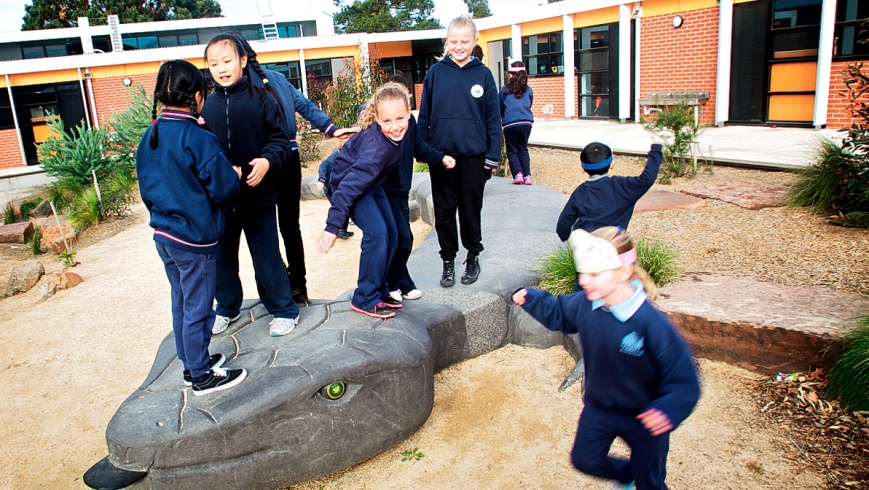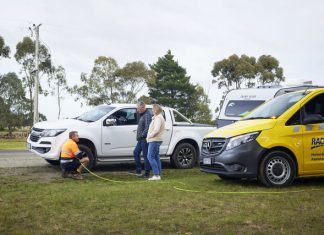POPULATION growth
and an increase in the number of portable classrooms has led to a loss
of schoolyard space, according to a report by an RMIT researcher.
Dr Barbara Chancellor, a senior lecturer in the School of
Education at RMIT Bundoora, surveyed 350 Victorian state schools to
investigate how school policy affects playgrounds “in the areas of
playspace design, play equipment, rules and supervision”.
Her report, Primary school playgrounds: features and management in Victoria, Australia, was published in the International Journal of Play last month.
Dr Chancellor said the research challenged the opinion that
schoolyards and outdoor space were underused. Of those surveyed, 78.9
per cent of respondents said the size of their playground was
“adequate”.
But the report found 55.2 per cent of schools had lost playground area to new classrooms “in recent years”.
Dr Chancellor said it was “not all bad news” as many schools had
lost outdoor space to construct indoor gyms and spaces for development
outside the classroom. She said she planned to visit schools
individually and compile case studies into “shrinking space”.
A Department of Education and Early Development spokesman said
planning for new schools designated about 10 per cent of the site’s
space for buildings, leaving 90 per cent of the site for open space.
Epping Primary School principal Glenn Beattie said it
was important for students to have space to “dig and run around and get
a bit dirty”. The school has several asphalt areas, synthetic grass,
an oval, and has invested in four outdoor tables to create more
“passive-use” space. Mr Beattie said his school was lucky to not lose playground area to portable classrooms.
“I’ve seen schools that have grown and grown and grown, and that’s a bit sad.”







